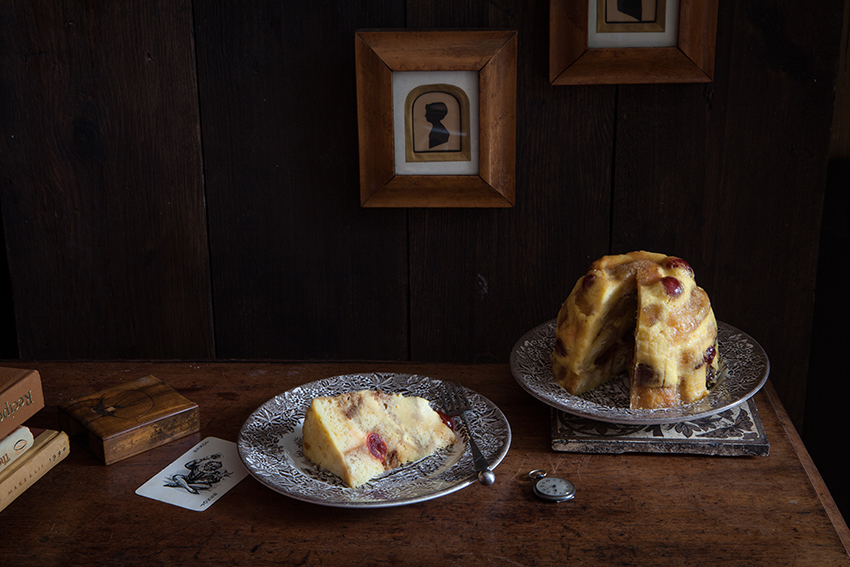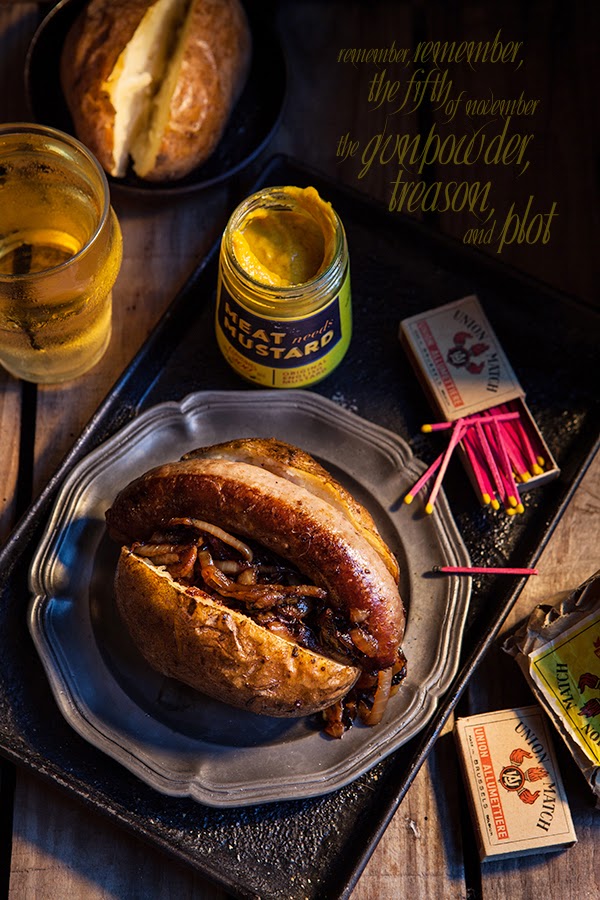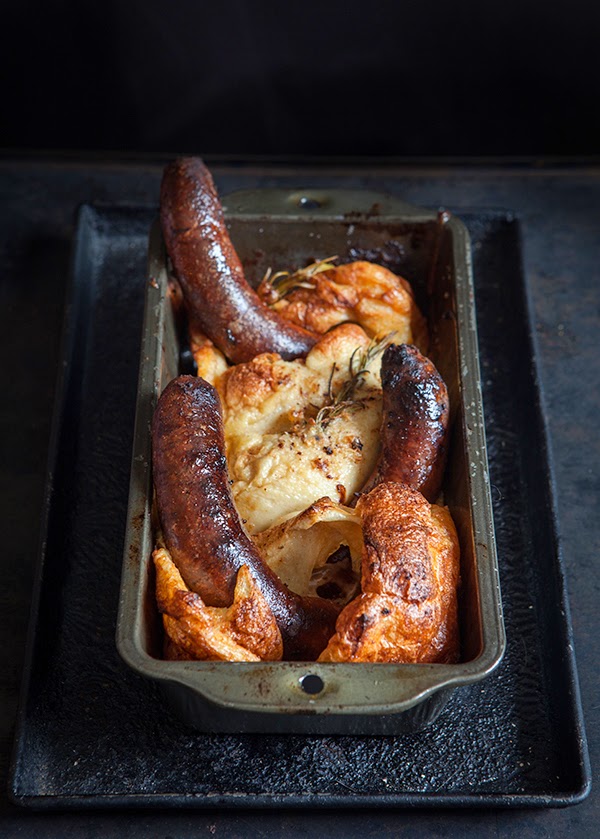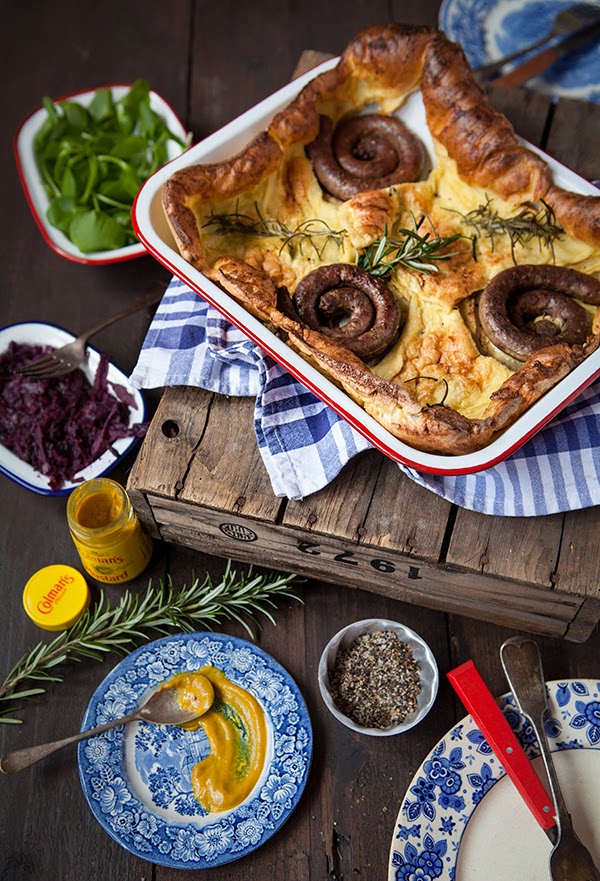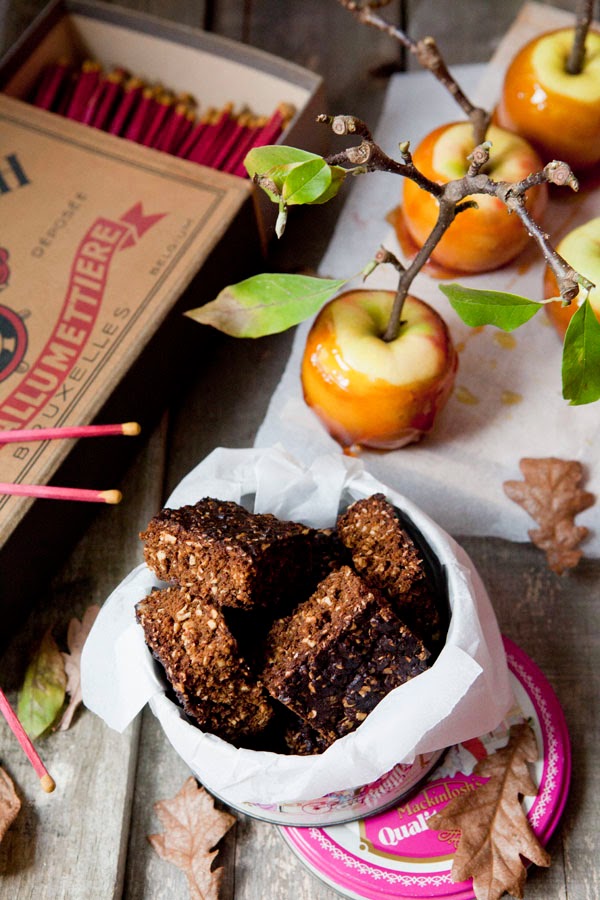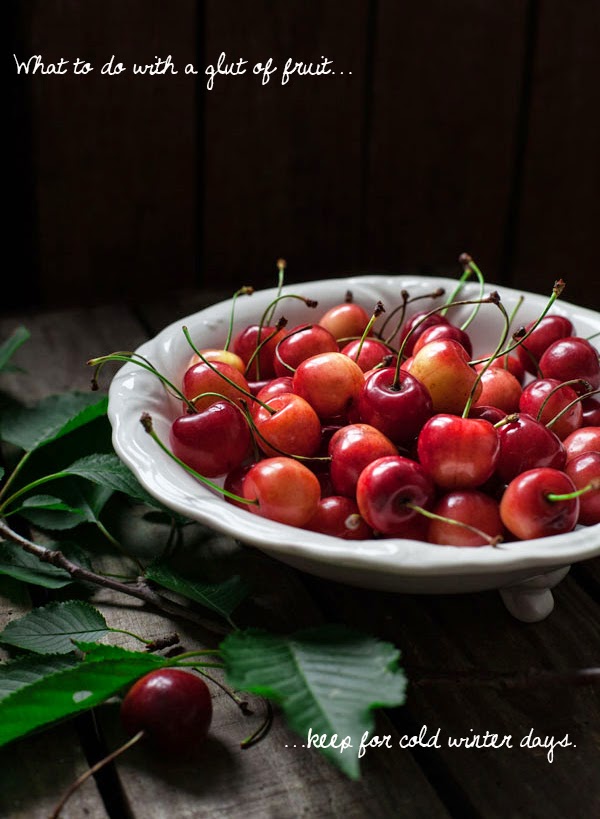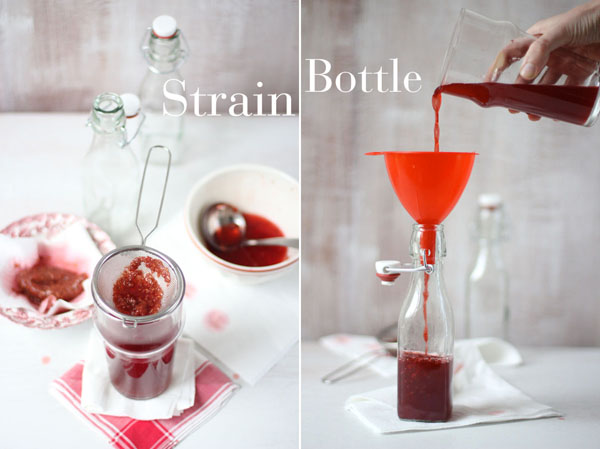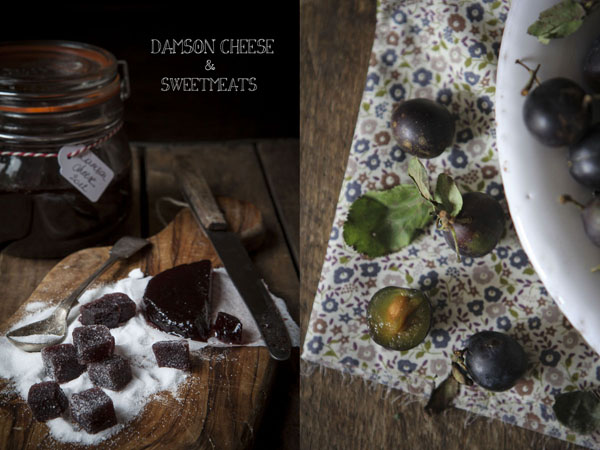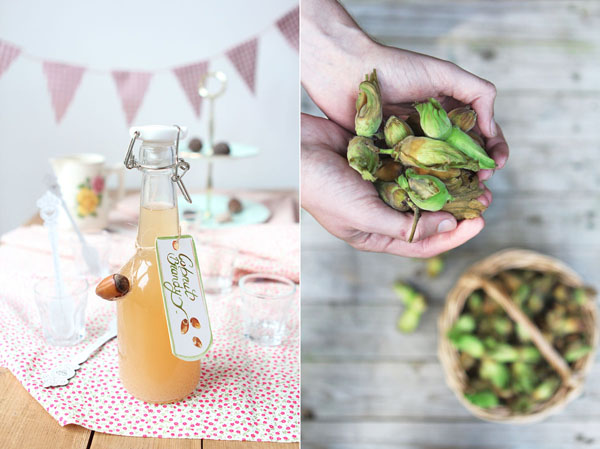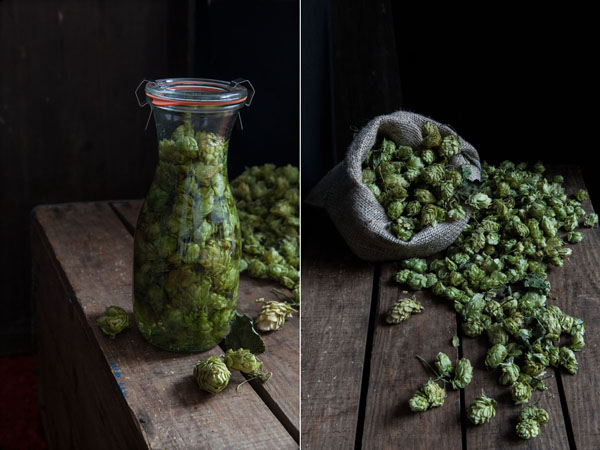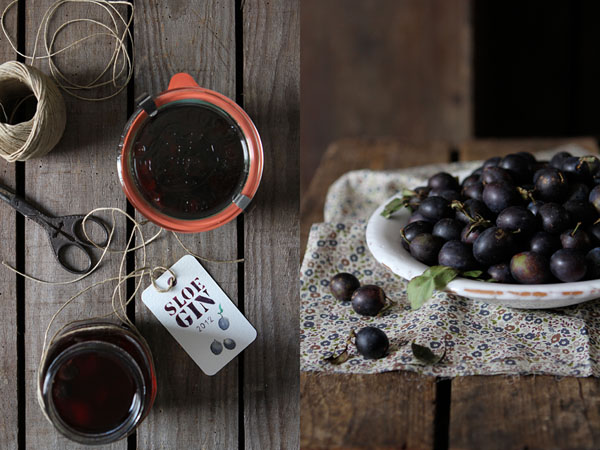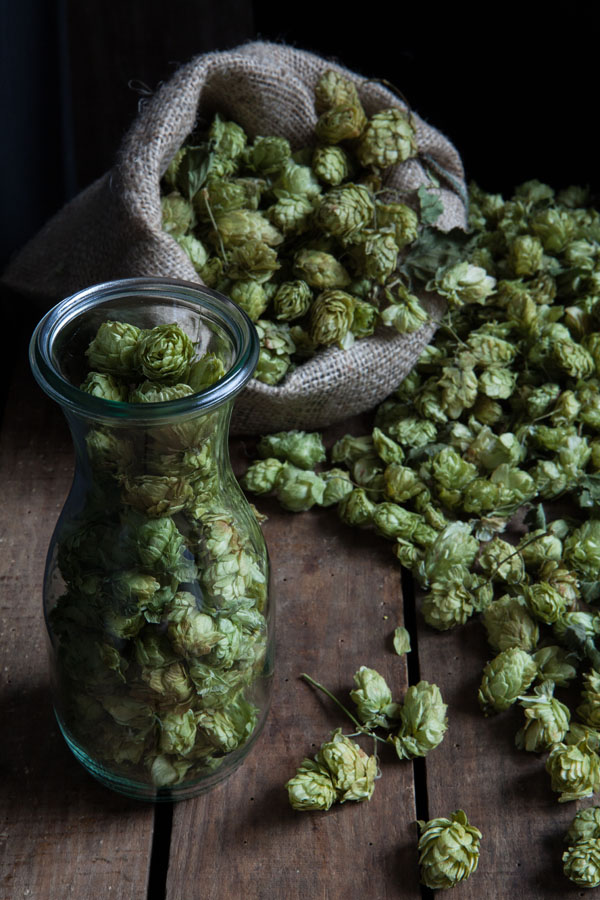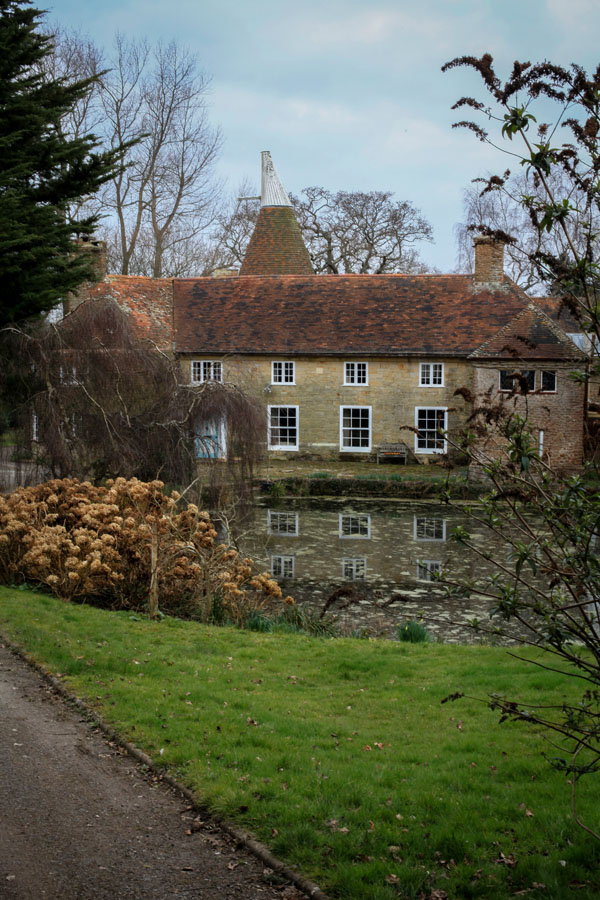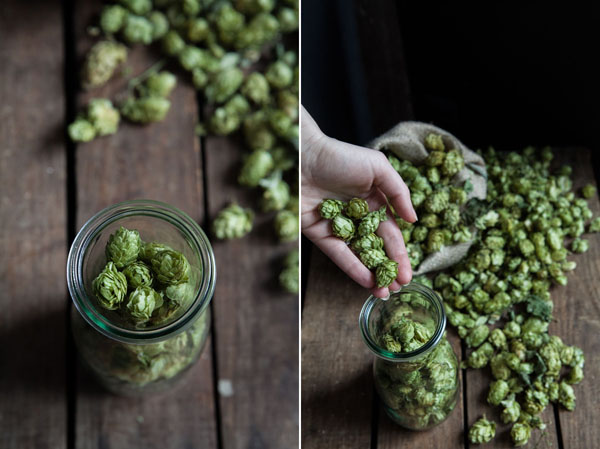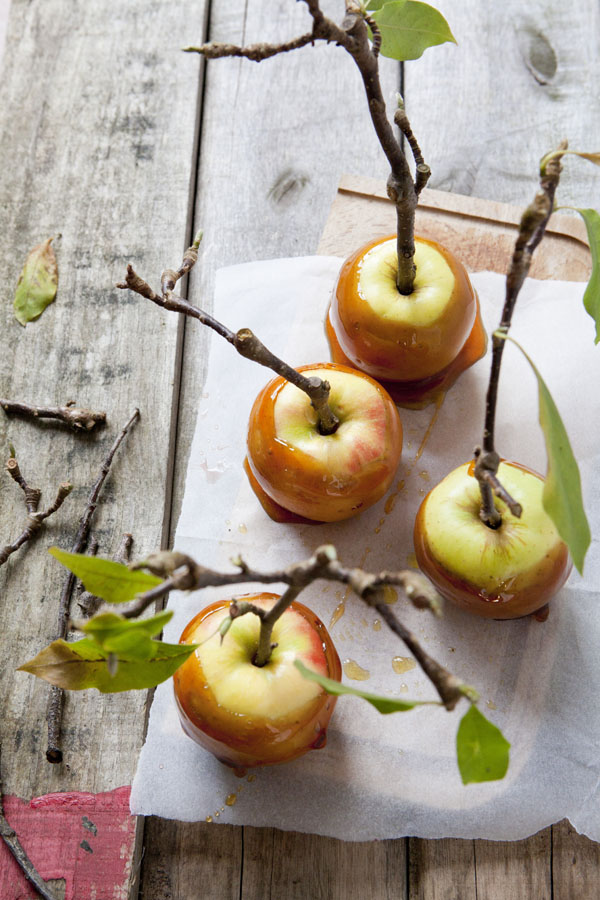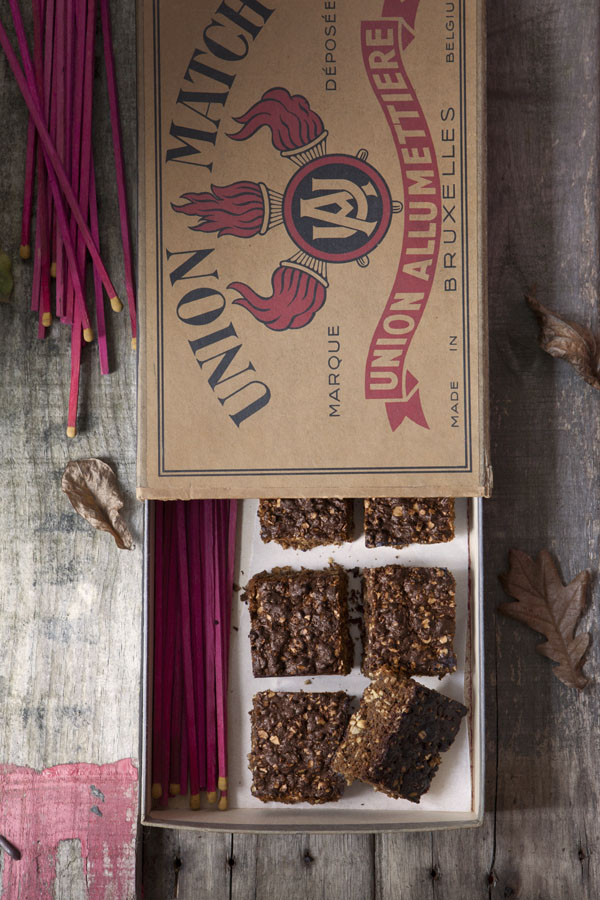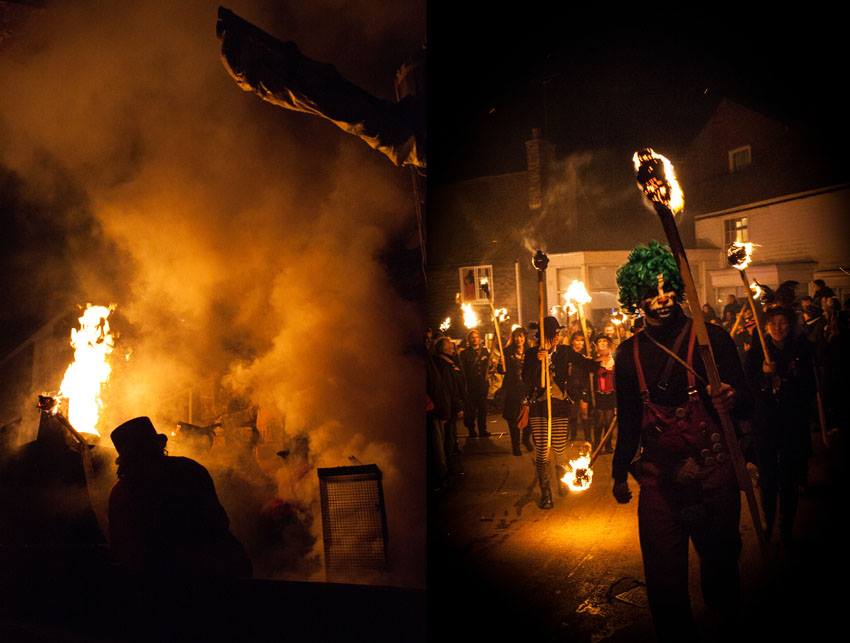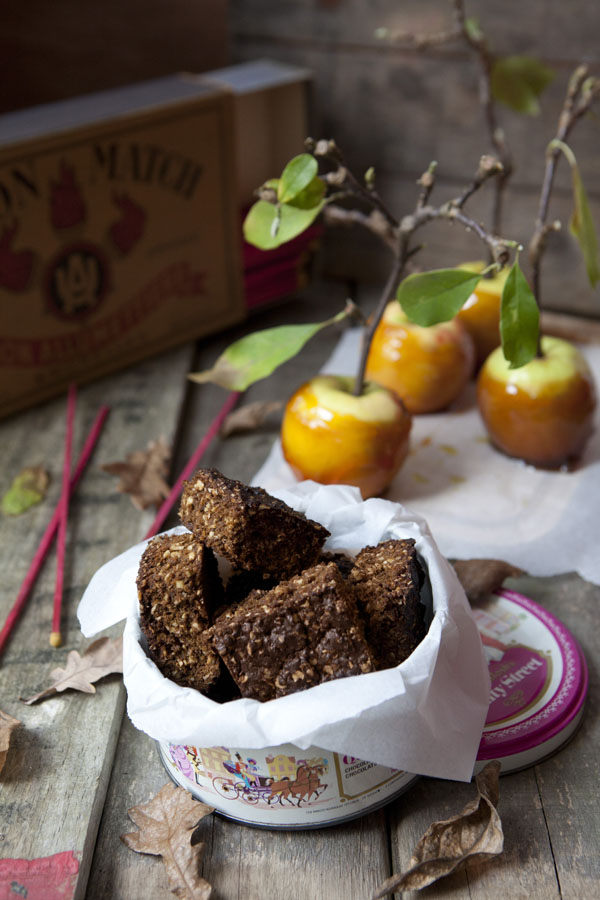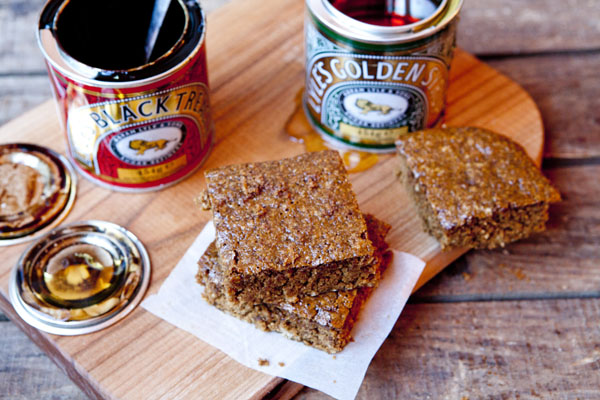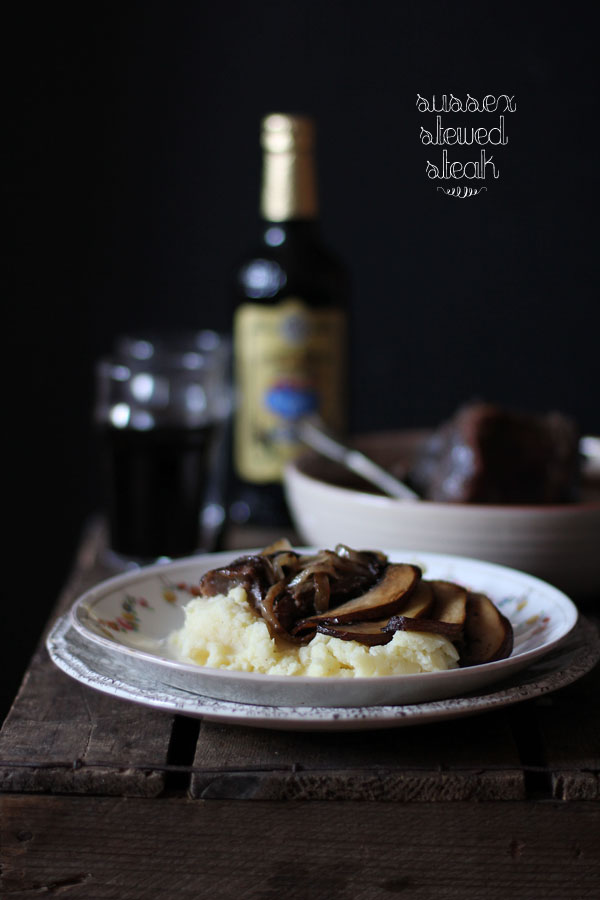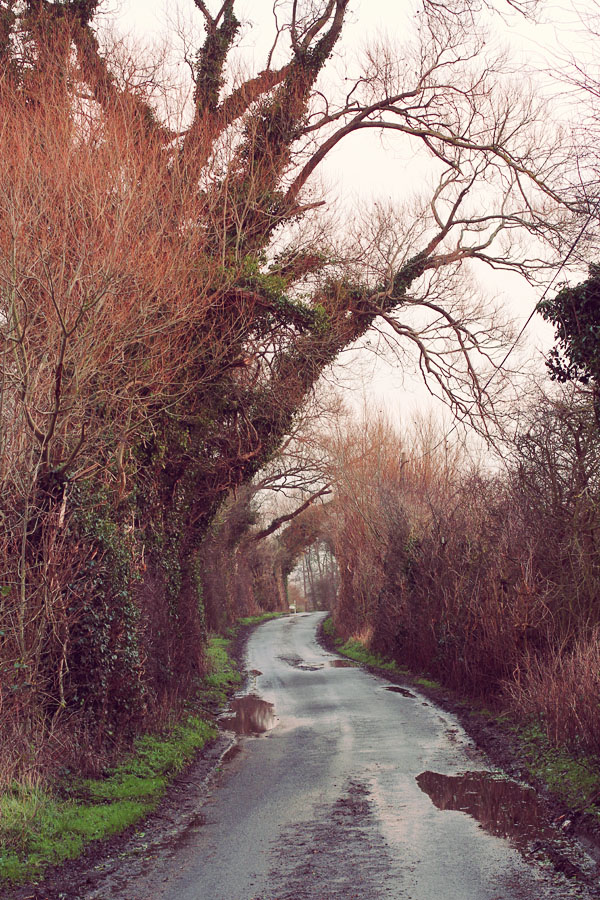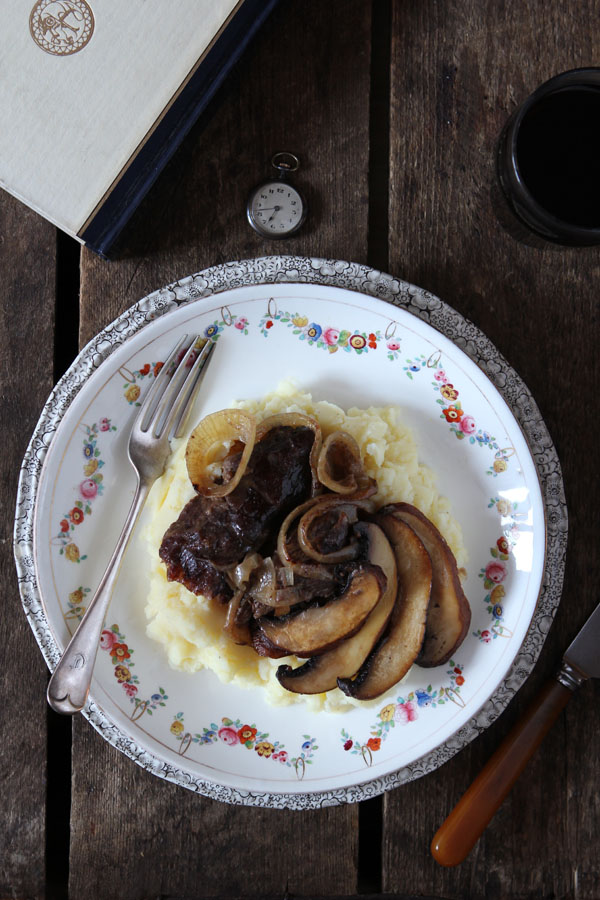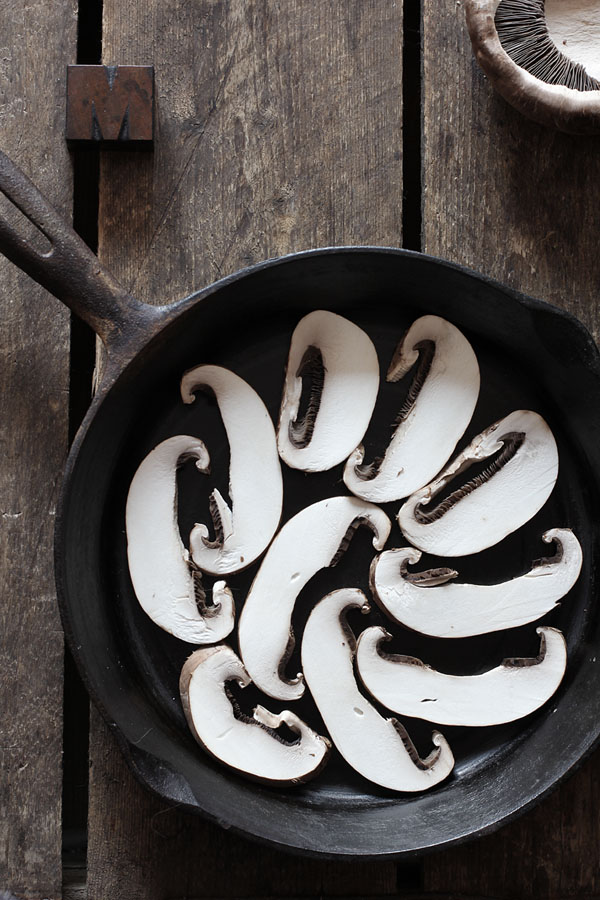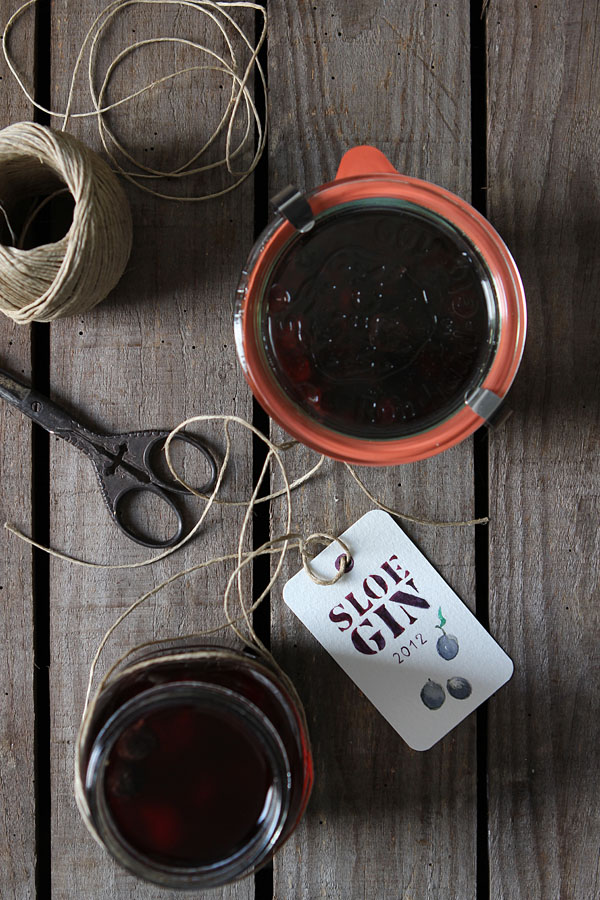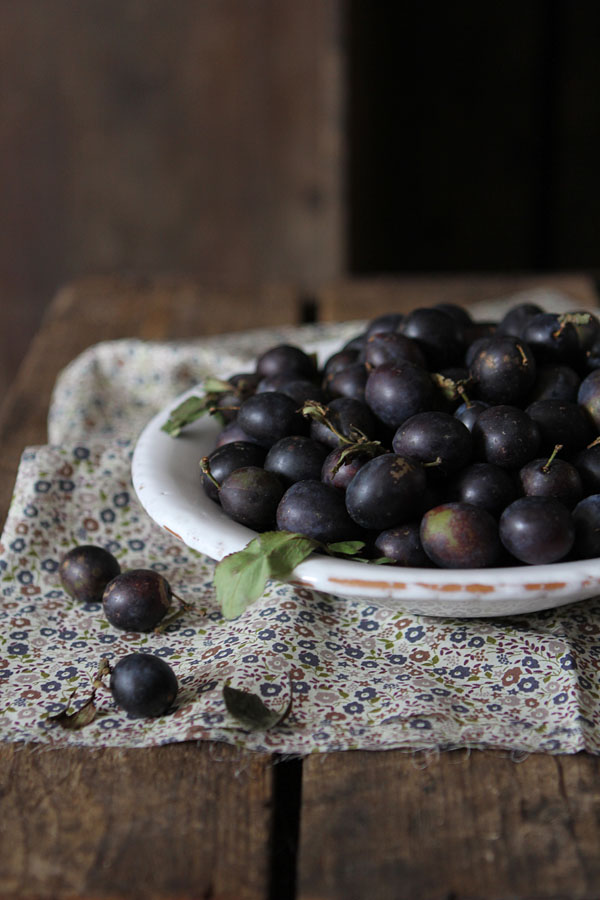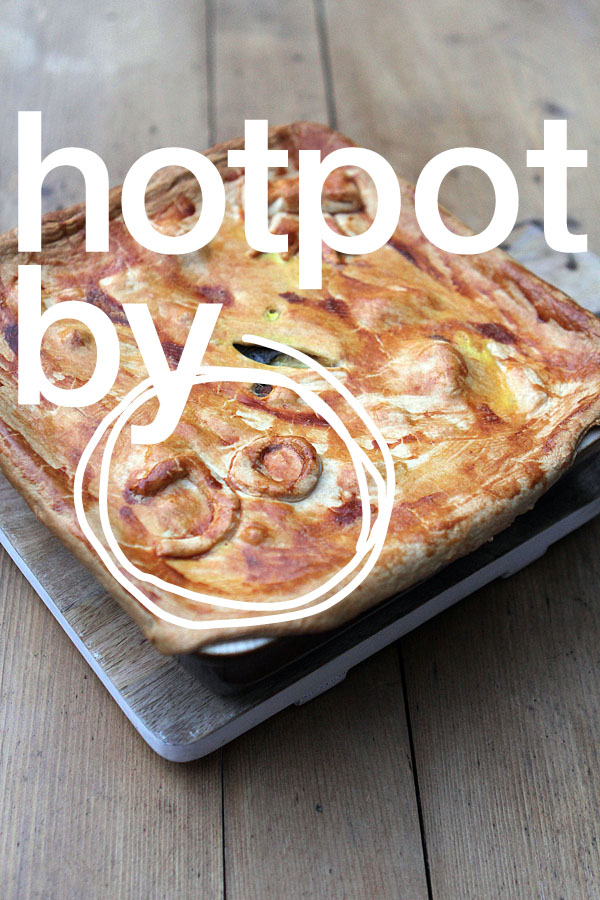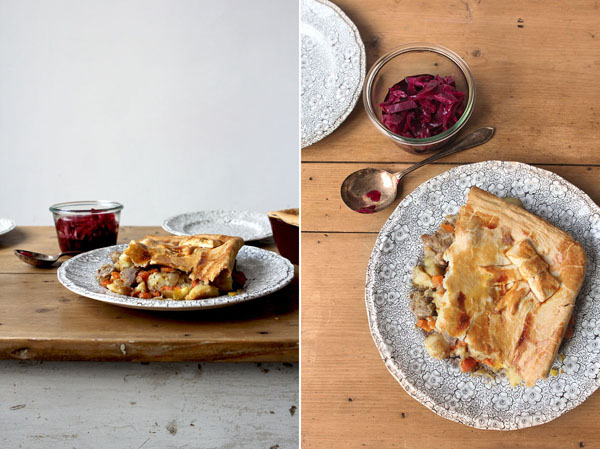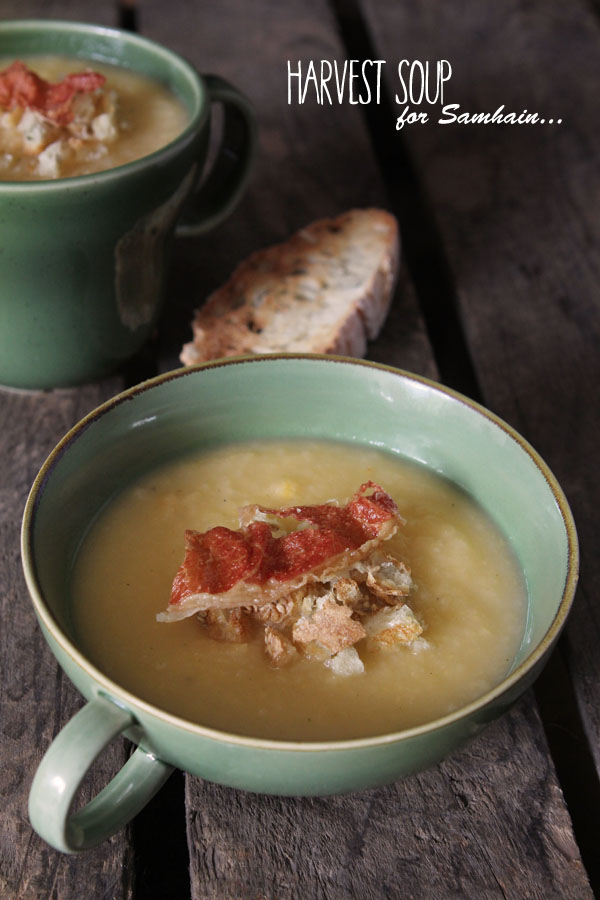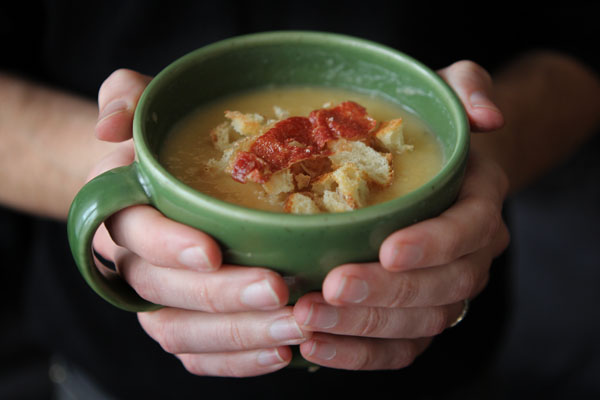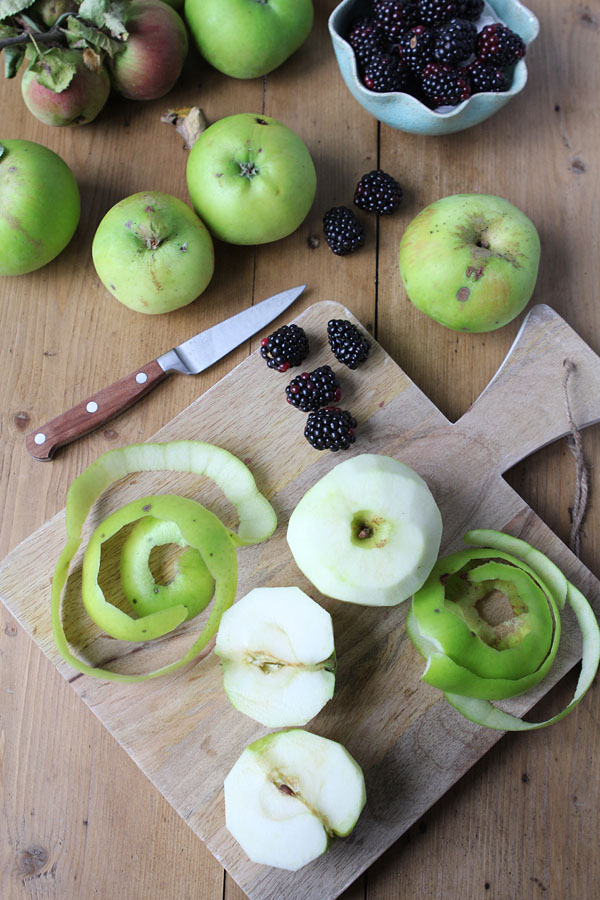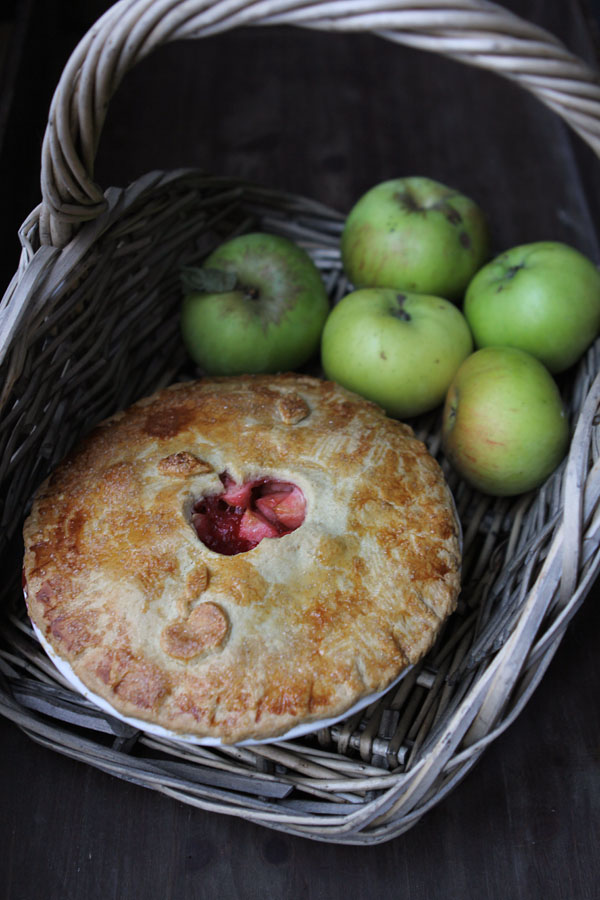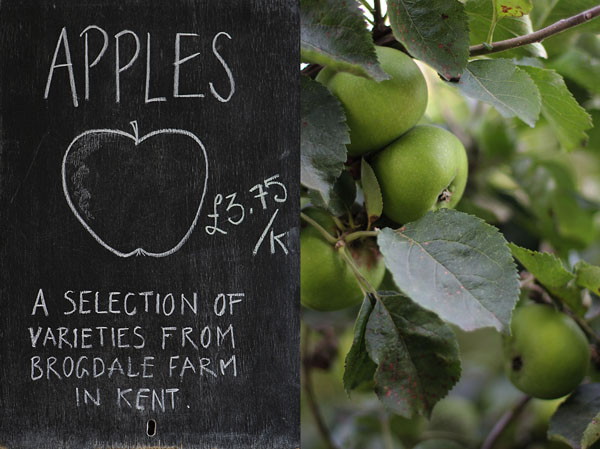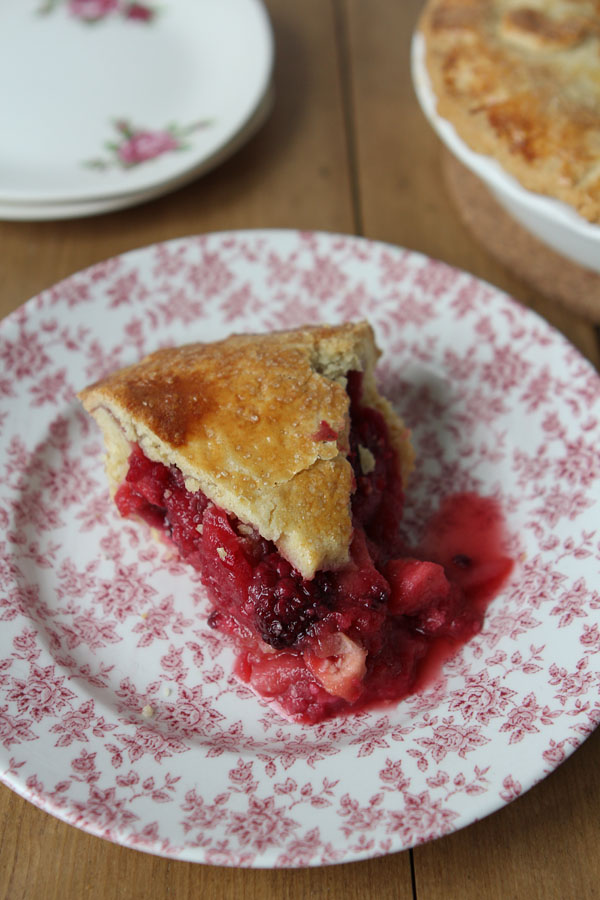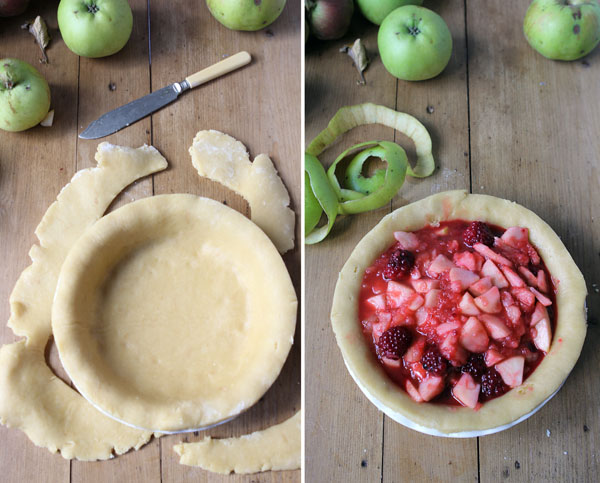Let me share with you a recipe from Pride and Pudding, my debut book that was festively launched in London’s Borough Market two weeks ago. There is also good news if you haven’t ordered the book yet! The Amazon editorial team has not only included Pride and Pudding in their ‘Books of the Month’ – this week it is also part of their ‘Deal of the Week’ which comes with a 50% discount only this week. (Get it here >) Meaning it will only set you back a tenner! It looks like sales are going splendid as I haven’t seemed to have lost my spot in the first 10 of the top 100 Bestsellers. As an author you do fear no one will buy your book. As do you fear bad reviews and negativity. So if you have a moment and you like the book, Amazon reviews do make a difference.
Now back to the actual order of the day. Cabinet pudding was a favourite on Victorian tables, the first recipes for it appeared in the early 19th century, though similar puddings had been made long before then. It is also sometimes called Newcastle pudding, diplomat pudding or Chancellor’s pudding, though the connection with politics isn’t clear. Recipes also vary. There are theories about the name but none seemed to hold much truth to them….

